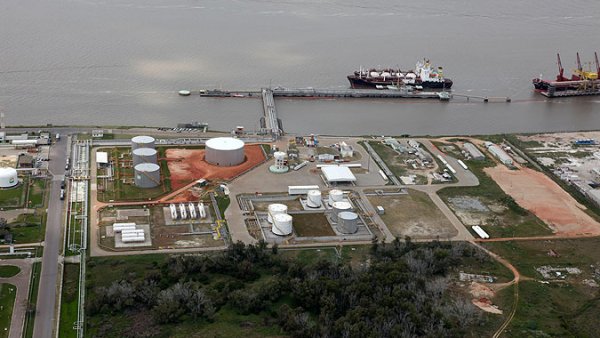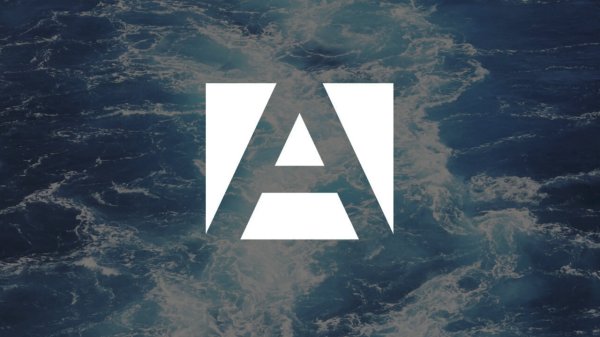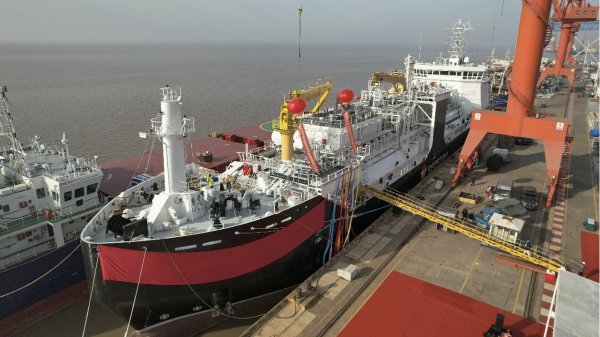New tool aimed at optimizing energy usage
Software tool is aimed at enabling shipowners to maximize the gains in energy efficiency and emission reduction.
Tecnitas, the consultancy arm of Bureau Veritas, has launched a new software tool, E2, aimed at optimizing energy usage for individual ships and across fleets.
E2 is a user-friendly tool which is aimed at enabling shipowners to maximize the gains in energy efficiency and emission reduction which can be obtained through proper use of IMO’s Ship Energy Efficiency Monitoring Plan (SEEMP).
Claude Andreau, head of engineering, Tecnitas, said: "The SEEMP seeks to improve a ship’s energy efficiency through four steps: planning, implementation, monitoring and measurements and self-evaluation and improvement. We hear a lot about energy saving devices which can be fitted and operational savings which can be made, but in our experience shipowners do not know which measures provide the best savings simply because they don’t have the right information to base decisions on. E2 solves that problem by collecting and evaluating all the information needed to make energy saving decisions. It then produces KPIs [Key Performance Indicators] and benchmarks individual ships or whole fleets against them."
E2 has different modes. Initially it is used by ships’ crews in the Acquisition mode to monitor, measure and record actual consumption on board in a variety of different cargo and navigation conditions. The software can then calculate the corresponding fuel KPI’s and emissions KPI’s.
Two additional modes are available for running E2 software: the Simulation mode and the Benchmark mode, both of them providing decision-making tools for the ship or charterer’s operational management.
In Simulation mode E2 will give access to reference values for a given voyage and to the corresponding calculated reference fuel KPI’s. Data collected in the on-going Acquisition mode can then be compared with the Simulation to deliver the information needed to implement improvement measures and calculate the Yearly Energy Efficiency Operating Index (EEOI).
The purpose of E2’s Benchmark mode is to benchmark, follow up and monitor the energy efficiency performance of different ships within the fleet or of the same ship for different voyages.
"The combination of Acquisition mode, Simulation mode, and Benchmark modes mean that E2 software is able to deliver useful information for defining the fleet management strategy for energy efficiency," Tecnitas said.
The currently available version of E2 software (v1.2) is based on manual acquisition of the input data such as the fuel consumption recorded onboard. A demo version with full capabilities (acquisition, simulation and benchmark modes) but limited time access is available upon request.
Development work is underway on an upgrade which will acquire the inputs automatically through flow meters and GPS. These new capabilities will enhance the accuracy of the data acquisition and will give access to more advanced analyses and diagnosis.
The use of E2 can be licensed either for Acquisition mode only, typically in the context of an individual ship SEEMP, or for Acquisition, Simulation and Benchmark modes, able to improve energy efficiency across a fleet.
E2 is a user-friendly tool which is aimed at enabling shipowners to maximize the gains in energy efficiency and emission reduction which can be obtained through proper use of IMO’s Ship Energy Efficiency Monitoring Plan (SEEMP).
Claude Andreau, head of engineering, Tecnitas, said: "The SEEMP seeks to improve a ship’s energy efficiency through four steps: planning, implementation, monitoring and measurements and self-evaluation and improvement. We hear a lot about energy saving devices which can be fitted and operational savings which can be made, but in our experience shipowners do not know which measures provide the best savings simply because they don’t have the right information to base decisions on. E2 solves that problem by collecting and evaluating all the information needed to make energy saving decisions. It then produces KPIs [Key Performance Indicators] and benchmarks individual ships or whole fleets against them."
E2 has different modes. Initially it is used by ships’ crews in the Acquisition mode to monitor, measure and record actual consumption on board in a variety of different cargo and navigation conditions. The software can then calculate the corresponding fuel KPI’s and emissions KPI’s.
Two additional modes are available for running E2 software: the Simulation mode and the Benchmark mode, both of them providing decision-making tools for the ship or charterer’s operational management.
In Simulation mode E2 will give access to reference values for a given voyage and to the corresponding calculated reference fuel KPI’s. Data collected in the on-going Acquisition mode can then be compared with the Simulation to deliver the information needed to implement improvement measures and calculate the Yearly Energy Efficiency Operating Index (EEOI).
The purpose of E2’s Benchmark mode is to benchmark, follow up and monitor the energy efficiency performance of different ships within the fleet or of the same ship for different voyages.
"The combination of Acquisition mode, Simulation mode, and Benchmark modes mean that E2 software is able to deliver useful information for defining the fleet management strategy for energy efficiency," Tecnitas said.
The currently available version of E2 software (v1.2) is based on manual acquisition of the input data such as the fuel consumption recorded onboard. A demo version with full capabilities (acquisition, simulation and benchmark modes) but limited time access is available upon request.
Development work is underway on an upgrade which will acquire the inputs automatically through flow meters and GPS. These new capabilities will enhance the accuracy of the data acquisition and will give access to more advanced analyses and diagnosis.
The use of E2 can be licensed either for Acquisition mode only, typically in the context of an individual ship SEEMP, or for Acquisition, Simulation and Benchmark modes, able to improve energy efficiency across a fleet.

|
IMO approves pricing mechanism based on GHG intensity thresholds
Charges to be levied on ships that do not meet yearly GHG fuel intensity reduction targets. |
|
|
|
||

|
VARO Energy expands renewable portfolio with Preem acquisition
All-cash transaction expected to complete in the latter half of 2025. |
|
|
|
||

|
NYK trials biofuel in milestone coal carrier test
Vessel is used to test biofuel for domestic utility company. |
|
|
|
||

|
H-Line Shipping orders LNG bunkering vessel
Vessel with 18,000-cbm capacity to run on both LNG and MDO. |
|
|
|
||

|
How to engineer and manage green shipping fuels | Stanley George, VPS
Effective management strategies and insights for evolving fuel use. |
|
|
|
||

|
Swedish government bans scrubber wastewater discharges
Discharges from open-loop scrubbers to be prohibited in Swedish waters from July 2025. |
|
|
|
||

|
MAN Energy Solutions achieves 100% load milestone for ammonia engine
Latest tests validate fuel injection system throughout the entire load curve. |
|
|
|
||

|
Petrobras secures ISCC EU RED certification for B24 biofuel blend at Rio Grande
Blend consisting of 24% FAME is said to have been rigorously tested to meet international standards. |
|
|
|
||

|
Stolt-Nielsen to fully control Avenir LNG with acquisition
Share purchase agreement to buy all shares from Golar LNG and Aequitas. |
|
|
|
||

|
Bureau Veritas supports launch of CIMC SOE's LNG bunkering vessel
Handover of Seaspan Energy's cutting-edge 7,600-cbm vessel completed. |
|
|
|
||
Related Links
- · Ferry first for Bureau Veritas energy-saving notation [Insights]
- · LNG tanker with dual-fuel engine completed [Insights]
- · Bureau Veritas simplifies ship certification system [Insights]
- · Bureau Veritas issues first EEDI certificate [Insights]
- · Design approved for LNG-fuelled ULCS [Insights]

